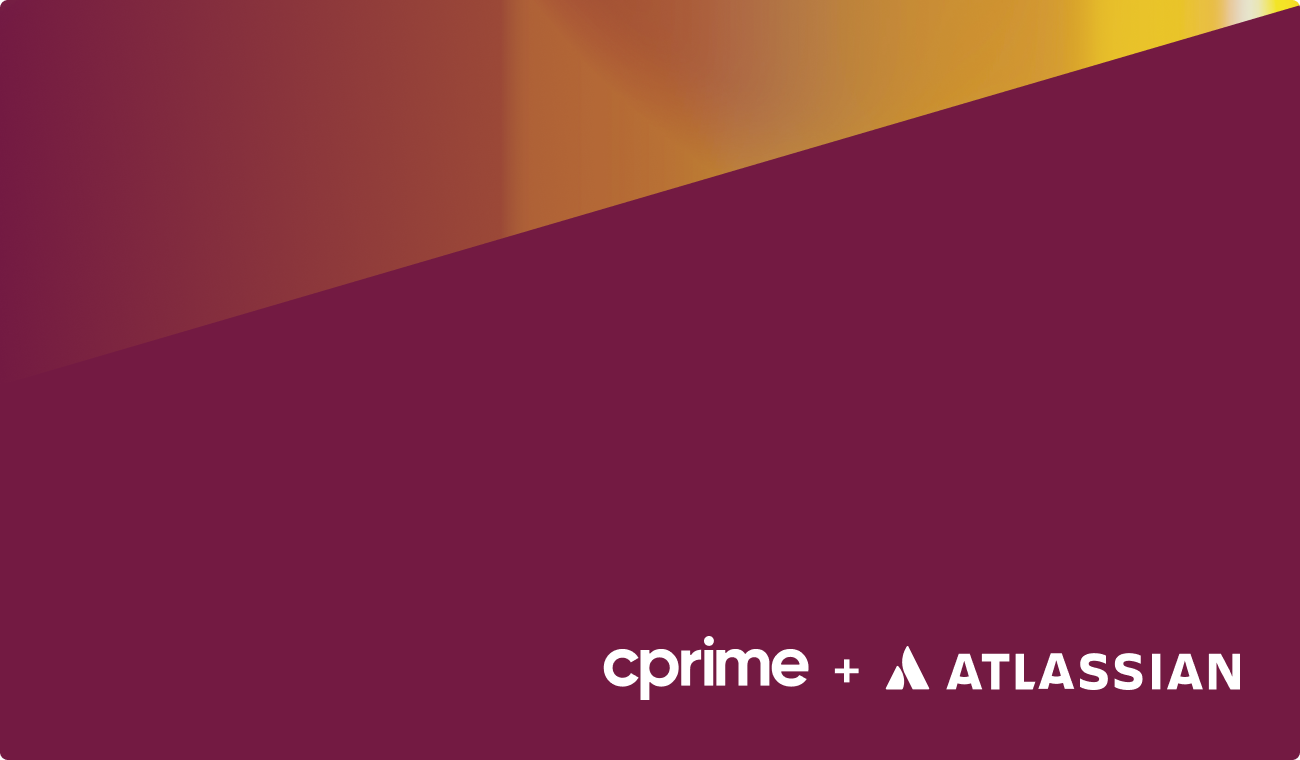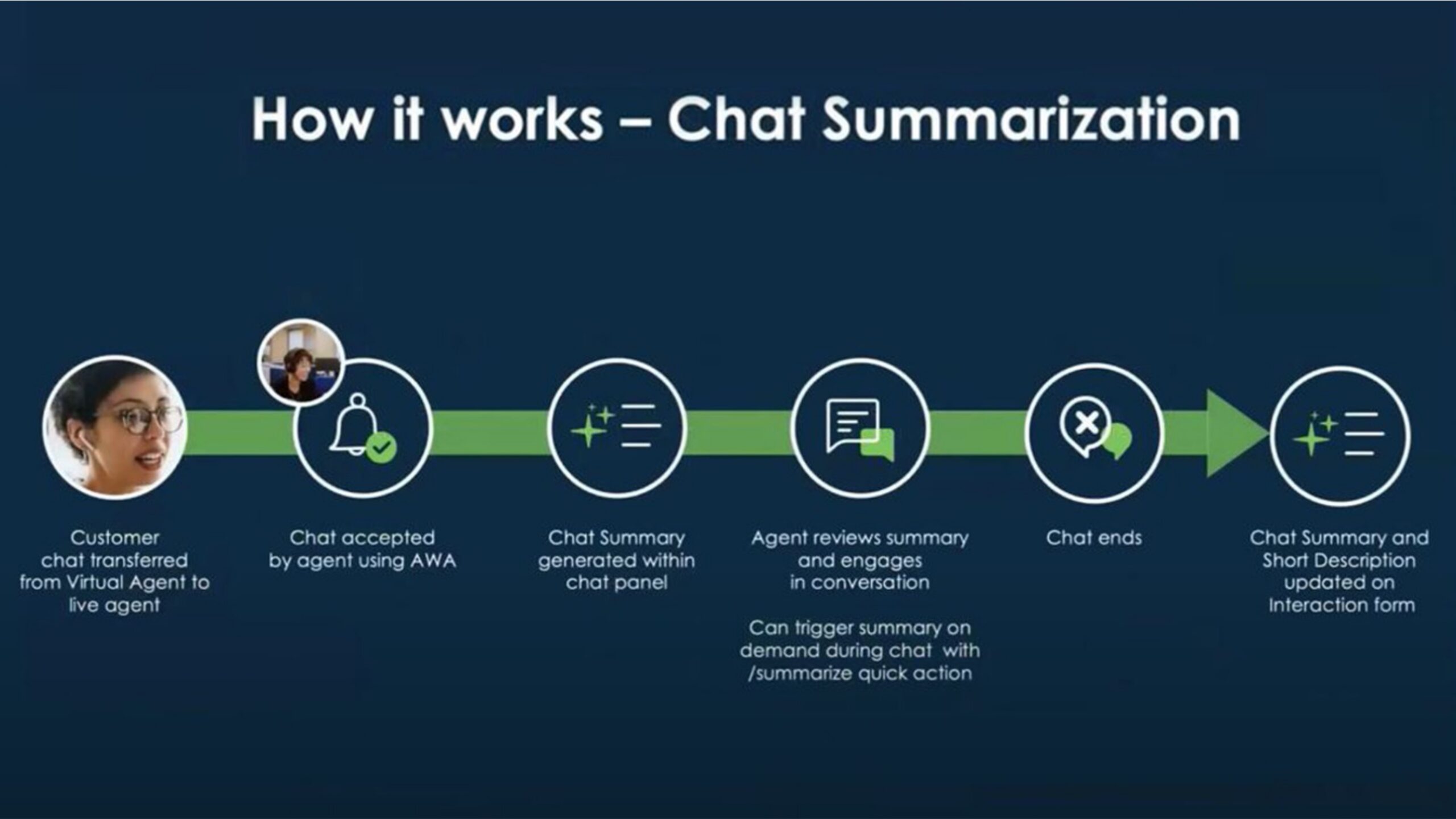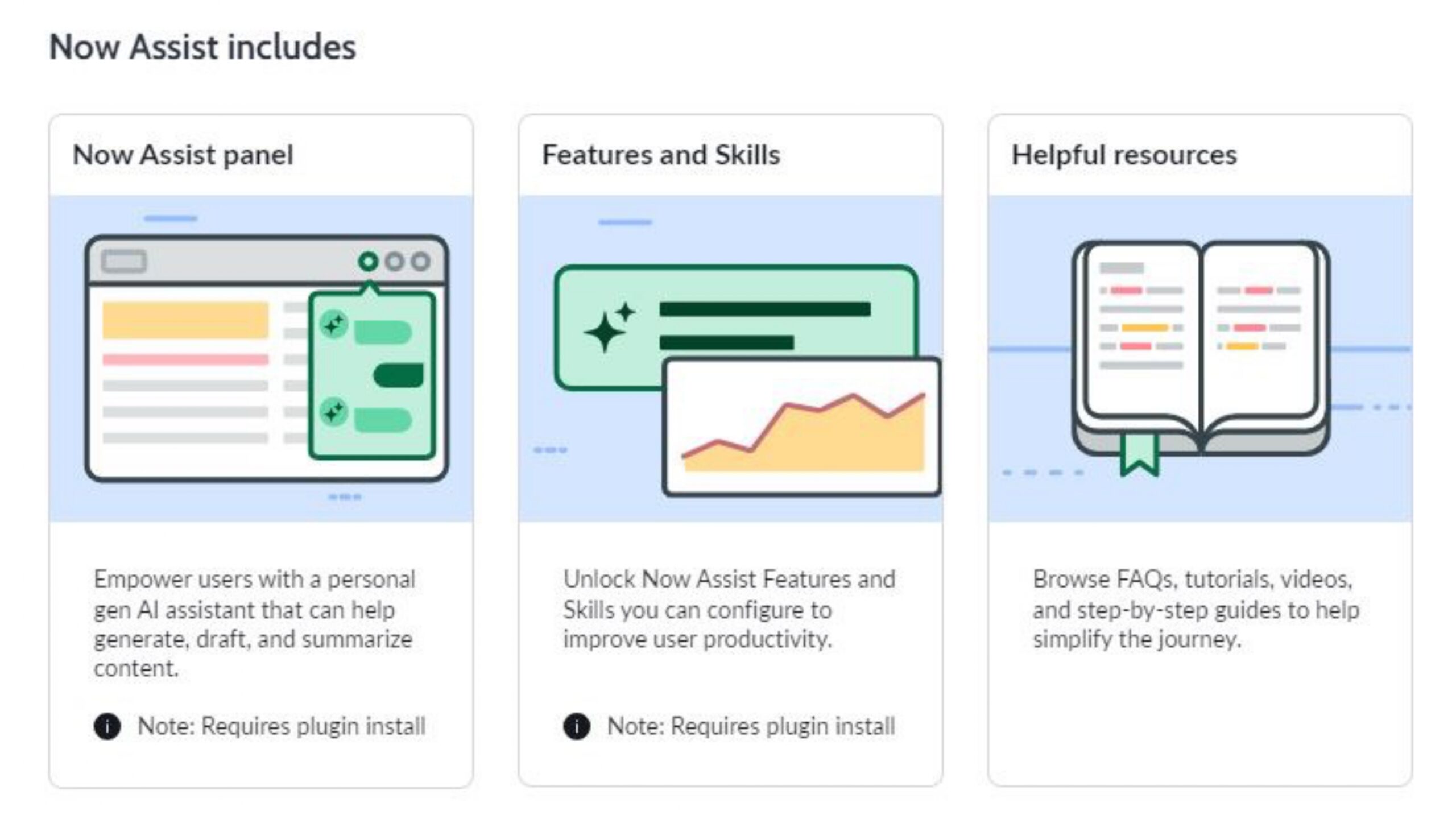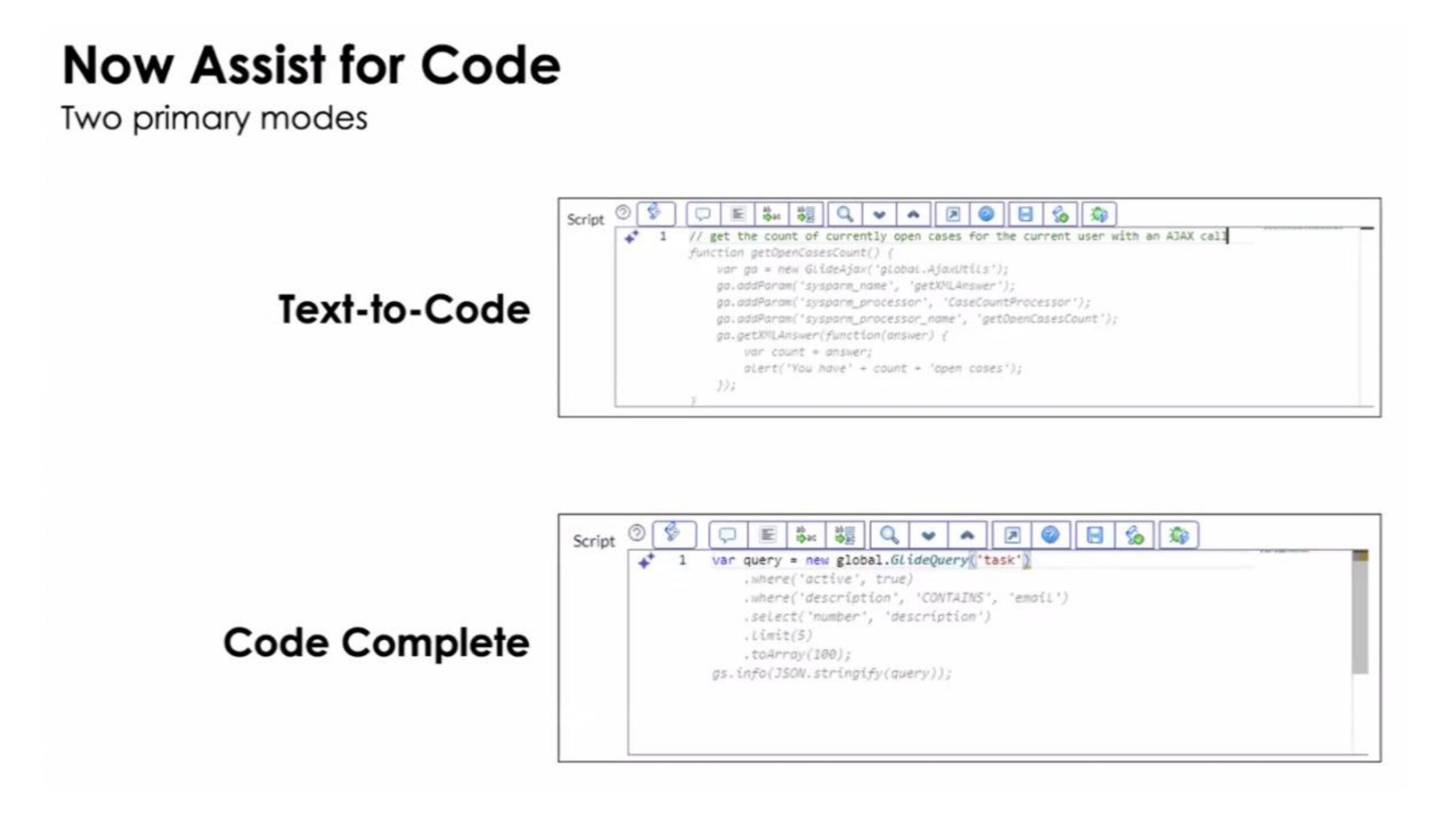
Artificial Intelligence (AI) has evolved from speculation to enterprise reality, reshaping how work is orchestrated. This is especially true in dynamic, technology-centric environments that have long embraced Agile practices. The current wave of AI advancement is a force to harness for outsized impact. For Agile practitioners, and particularly for Scrum Masters / Agile Coaches, this signals an exciting evolution: a transition from facilitating Agile practices to becoming pivotal “AI enablers” who empower their teams to reach unprecedented levels of performance and innovation.
This journey involves understanding how AI can amplify Agile practices and actively guiding teams to integrate these powerful new capabilities into their daily work. The integration of AI with Agile practices is a pivotal evolution, one that promises to redefine efficiency and creativity in product/service development.
The pervasiveness of AI discussions naturally creates a mix of anticipation and apprehension.
Therefore, it is crucial to frame AI’s role constructively within the Agile context, highlighting it as an opportunity for growth and enhancement, rather than a threat to existing roles or practices. The shift for Scrum Master to become an AI enabler is a transformative journey, and understanding this new dimension to the role can provide a compelling roadmap for development professionals.
Understanding the Scrum Master’s Core Mission
Before exploring the fusion of AI with Agile practices, it is essential to re-establish the foundational role and mission of the Scrum Master. The introduction of AI does not seek to replace these core duties but rather to augment and enhance the Scrum Master’s ability to fulfill them. According to the Scrum Guide, “The Scrum Master is responsible for promoting and supporting Scrum as defined in the Scrum Guide. Scrum Masters do this by helping everyone understand Scrum theory, practices, rules, and values”. They are strategic enablers for the Scrum Team. Furthermore, the Scrum Master is accountable for “establishing Scrum” and for the “Scrum Team’s effectiveness”.
This definition is critical because it provides the inherent “why” behind a Scrum Master’s engagement with AI. If a Scrum Master is accountable for team effectiveness and the successful implementation of Scrum, then exploring and facilitating the use of tools and technologies that enhance these aspects falls squarely within their purview.
The “true leader” characteristic is particularly pertinent when considering AI enablement. It implies adopting the use of AI themselves, then guiding and supporting the team’s exploration and use of AI, fostering a collaborative approach rather than imposing solutions.
This aligns with the principle that AI adoption should be team-driven to ensure genuine buy-in and maximize effectiveness. A true leader facilitates this by providing necessary resources, removing obstacles to learning and adoption, and cultivating an environment where it is safe to experiment and learn from both successes and failures.
Moreover, the Scrum Master’s responsibility to help everyone understand Scrum theory and practice can be extended to understanding how AI aligns with or can amplify Scrum values, such as using AI-generated reports to improve transparency or leveraging AI tools to help the team maintain focus on sprint goals.
AI Meets Agile
AI and Agile amplify each other. Fast, iterative practices meet intelligent acceleration. Agile provides a robust framework for iterative development, rapid response to change, fast learning, and continuous value delivery. AI, in turn, offers a suite of powerful tools and capabilities that can accelerate, automate, and enrich these Agile practices.
AI technologies can propel this agility to new heights, offering tools that automate tasks, predict trends, and facilitate decision-making.
This powerful combination allows AI to amplify core Agile principles:
- Transparency: AI-driven dashboards, automated reporting, and real-time data analytics can provide unprecedented visibility into project progress, impediments, and team performance.
- Inspection: AI tools can analyze sprint data, identify patterns in team velocity or defect rates, and provide objective insights for more effective Sprint Retrospectives.This allows teams to inspect their processes with greater depth and accuracy.
- Adaptation: By offering predictive insights, AI enables teams to anticipate potential roadblocks, forecast delivery timelines more accurately, and make quicker, more informed adjustments to their plans and priorities.
The integration of AI into Agile can also help address common challenges that teams face in their Agile journey. For instance, many teams struggle with estimation and maintaining a predictable delivery. AI tools, by analyzing historical team data, can significantly improve forecasting accuracy and help teams develop more realistic sprint plans.
In this way, AI can act as a supportive mechanism, bolstering Agile maturity.
While AI can help to accelerate processes and enhance efficiency, Agile frameworks like Scrum with their defined events, accountabilities, and artifacts provide the essential structure to ensure this acceleration is directed towards valuable outcomes.
This structure prevents AI-driven speed from devolving into “faster chaos,” ensuring that efforts are channeled effectively, reviewed regularly through feedback loops, and adapted as necessary to meet evolving requirements.
AI as Your Team’s Superpower: Supporting Humans, Not Replacing Them
A prevalent concern surrounding the rise of AI is the potential for job displacement. However, within the context of Agile and knowledge work, the narrative is shifting towards AI as an augmentation force—one that enhances human capabilities rather than rendering them obsolete. This shift empowers teams by allowing individuals to focus on tasks that uniquely leverage human intellect and creativity.
MIT economics professor David Autor articulates this perspective clearly: “AI will end up generally augmenting workers instead of replacing them,” and “Tools often augment the value of human expertise…They enable us to do things we could not otherwise do without them”.
This sentiment is echoed by MAPFRE, which states, “AI will never replace people, and human oversight will always be necessary”.
AI excels at handling repetitive, mundane, or data-intensive tasks, thereby liberating human workers to concentrate on:
- Strategic thinking and complex problem-solving: AI can process vast datasets and identify patterns, but humans are needed to interpret these findings within a broader strategic context and devise innovative solutions to complex challenges.
- Creativity and innovation: By automating routine aspects of work, AI frees up cognitive bandwidth for creative exploration, ideation, and the development of novel products and services.
- Ethical considerations and nuanced decision-making: Many knowledge work tasks require human judgment, empathy, and ethical reasoning—qualities that current AI systems largely lack.
Benefits of AI Augmentation in Agile Contexts
The augmentation capabilities of AI translate into tangible benefits for Agile teams across various aspects of their work:
- Accelerating Ideation and Innovation: AI accelerates innovation cycles and time-to-value. It can analyze vast amounts of market data, customer feedback, and emerging trends to help teams identify unmet needs and opportunities. AI tools can assist in brainstorming sessions, help synthesize research findings, and enable the rapid creation of prototypes to test new ideas quickly.
- Boosting Productivity and Velocity: In software development, AI tools are already demonstrating significant productivity gains. Developers can complete coding tasks up to twice as efficiently using AI assistants. AI can automate aspects of code generation, conduct preliminary code reviews, generate unit tests, and even assist in creating and maintaining documentation. For instance, AI testing tools have enabled teams to reduce test execution time by as much as 75% and decrease manual testing hours by 80%.
- Unlocking Data-Driven Insights: Agile teams thrive on data, and AI can supercharge their ability to extract meaningful insights. AI algorithms can process large volumes of project data to deliver actionable intelligence, helping project managers and teams make faster, more informed decisions. For example, AI can look at data from previous projects and spot patterns that could affect current or future projects, leading to better planning, risk mitigation, and resource utilization. This capability extends to predictive analytics for better forecasting, early risk identification, and optimized resource allocation.
The “augmentation” narrative effectively shifts the focus from a fear of job loss to an opportunity for skill evolution. As teams begin to work more closely with AI, new skills will become necessary—such as effective prompt engineering for generative AI, the ability to critically evaluate AI-generated outputs, and an understanding of AI ethics.
Scrum Masters, in their coaching capacity , can play a vital role in facilitating the development of these new competencies within their teams. The true value of AI is unlocked when human expertise guides its application and interprets its outputs. AI can provide the “what”—the data, the patterns, the initial drafts—but humans provide the crucial “so what”: the context, the strategic implications, and the final decisions. This symbiotic relationship, where AI processes information at scale and humans apply wisdom and contextual understanding, is central to successful AI integration. The Scrum Master can help the team understand and cultivate this productive balance.
The Scrum Master as an AI enabler
The core responsibilities of a Scrum Master—ensuring team effectiveness, fostering continuous improvement, and upholding Scrum principles—align perfectly with the opportunity presented by AI. Guiding the adoption and effective use of AI is not an additional burden but a natural extension of the Scrum Master’s existing role, enabling them to serve their teams even more powerfully in an increasingly AI-driven landscape.
Key Responsibilities of an AI-Enabling Scrum Master
The transition to an AI enabler involves embracing several key responsibilities:
- Educating and Evangelizing: This involves actively advocating for AI’s strategic value and practical applications relevant to the team’s work. The Scrum Master can demystify AI, address concerns, and showcase success stories or specific use cases to inspire the team and stakeholders. This aligns with the Scrum Master’s established role of “helping everyone understand Scrum theory and practice, both within the Scrum Team and the organization”, now broadened to include AI’s role within that practice.
- Facilitating Exploration and Experimentation: An AI-enabling Scrum Master creates the space and a culture of experimentation and safety for the team to explore AI tools and techniques. This might involve allocating time during Sprints for experimentation, organizing innovation spikes, or guiding the team in identifying small, low-risk experiments to test AI tools for specific problems.
- Coaching for Human-AI Collaboration: Effective use of AI is a skill. The Scrum Master coaches team members on how to work with AI tools. This includes practical guidance on tasks like writing effective prompts for generative AI, critically evaluating AI-generated outputs, and seamlessly integrating AI into existing workflows.
- Removing Impediments to AI Adoption: As with any new initiative, AI adoption can face obstacles. The Scrum Master, in their capacity as an “Impediment Remover”, works to identify and address these barriers. Impediments might include lack of access to appropriate AI tools, skill gaps requiring targeted training, resistance to change, or unclear organizational policies regarding AI usage and data security.
- Championing Ethical and Responsible AI Use: With the power of AI comes the responsibility to use it ethically. The Scrum Master facilitates crucial discussions within the team about data privacy, potential biases in AI algorithms, the transparency of AI-driven decisions, and the overall ethical implications of their AI applications. This proactive approach helps ensure the team uses AI tools responsibly and in alignment with organizational values and regulatory requirements.
Categories of AI Tools for Agile Teams
We are now awash with AI tools, here are some categories you may wish to consider.
- AI-Powered Delivery Management & Collaboration: A new generation of delivery management and collaboration platforms is embedding AI to streamline workflows.
- These tools can automate task creation and assignment, summarize progress for stakeholders, generate reports, facilitate virtual brainstorming, transcribe meeting minutes, and generally improve team communication and coordination.
- AI for Developers (Coding, Review, Testing): This is perhaps one of the most mature areas for AI application in Agile.
- These tools assist with code completion, automated unit and integration test generation, intelligent vulnerability scanning, AI-assisted code reviews, and code refactoring suggestions, all contributing to faster development cycles and higher quality code.
- AI for Backlog Refinement & User Story Generation: While still an emerging area, AI shows promise in assisting Product Owners and teams with the crucial task of managing and refining the Product Backlog.
- This can help in drafting initial user stories, suggesting acceptance criteria, identifying dependencies, or even flagging conflicting requirements, allowing the Product Owner and team to focus on higher-level strategic refinement.
Of course remember, AI is augmenting how we do work, not replacing us, and certainly not replacing the knowledge work we humans do. For example using AI to help ideate requirements / user stories is great for idea generation, it might be great to help explore requirements and help the team understand them. But the actual decision of what the requirement is and what to do is the decision of a human.
The Future is Human-AI Collaboration in Agile
The trajectory of AI in the workplace points not towards an AI-dominated future, but one characterized by a synergistic partnership between humans and intelligent machines.
This human-AI collaboration holds the key to unlocking new potentials for Agile teams, enabling them to achieve levels of creativity, efficiency, and value delivery previously unimaginable.
McKinsey envisions a future where AI empowers teams to “spend more time on higher-value work and less on routine tasks”.
This evolving landscape underscores the critical importance of a continuous learning mindset. The field of AI is exceptionally dynamic, with new tools, techniques, and capabilities emerging at a rapid pace. Agile teams, with their inherent emphasis on adaptation and improvement, are well-positioned to thrive in this environment. Guided by their Scrum Masters, they will need to continuously learn, experiment, and adapt their practices to harness the latest AI advancements effectively.
Scrum Masters, by cultivating an environment of psychological safety, play a crucial role in enabling team members to openly discuss concerns, share learnings, and collectively build trust in new processes involving AI. As AI systems become increasingly adept at handling analytical and executional tasks, the uniquely human skills of empathy, complex communication, nuanced judgment, and strategic oversight will become even more valuable differentiators for Agile teams and their leaders. The future value proposition for human knowledge workers, including Scrum Masters, will increasingly lie in these higher-order cognitive and emotional capabilities.
Step Up, Scrum Masters – Become the AI enablers Your Teams Need
The integration of artificial intelligence into Agile ways of working presents a transformative opportunity, and Scrum Masters are uniquely positioned to lead their teams into this new era. The call is clear: embrace the challenge and the opportunity to evolve from Scrum facilitators to indispensable AI enablers. This evolution is not about adding an overwhelming new set of responsibilities, but about enhancing existing skills and leveraging powerful new tools to better serve teams and organizations in an increasingly AI-driven world.
The journey to becoming an AI enabler is, fittingly, an iterative one. Scrum Masters should approach AI adoption the same way they approach Agile itself: iteratively, incrementally, and with a clear focus on outcomes. Scrum Masters can encourage their teams to start small, experiment, learn from those experiments, and adapt their strategies accordingly. This iterative approach makes the prospect of AI integration less daunting and aligns perfectly with the Scrum Master’s existing mindset and the core principles of Agile.
By proactively engaging with AI, Scrum Masters not only drive measurable outcomes for their current teams—driving efficiency, innovation, and value—but also enhance their own career relevance and marketability in a rapidly changing technological landscape.
Agile teams empowered by AI and guided by strategic leaders will define the future of work.
















